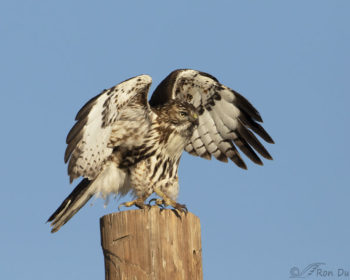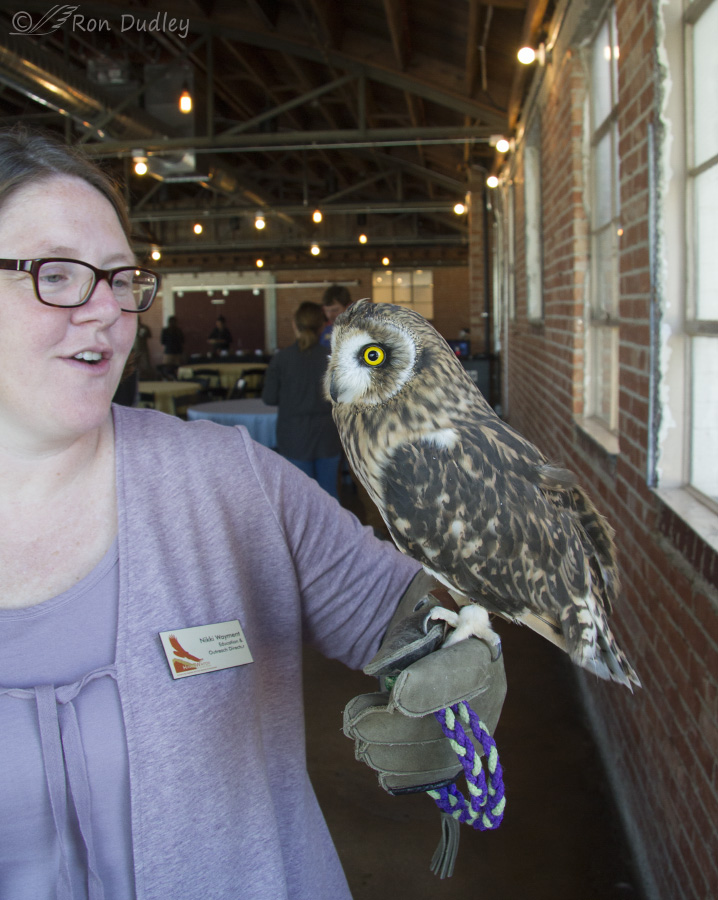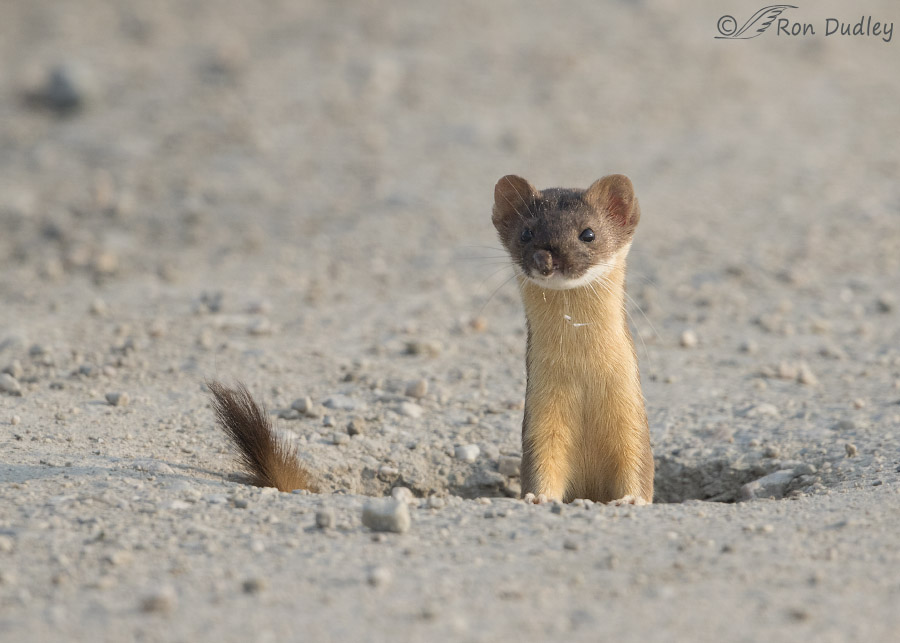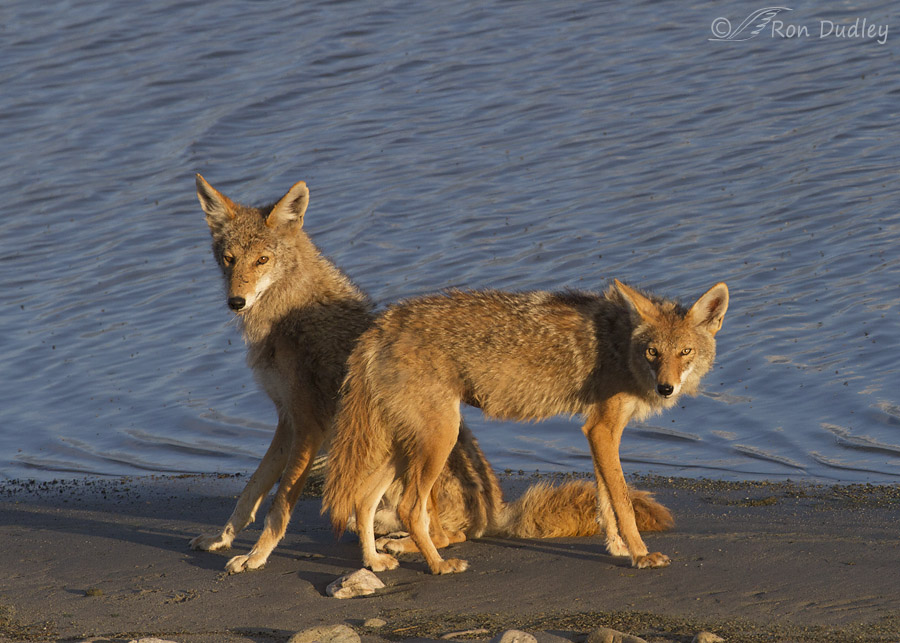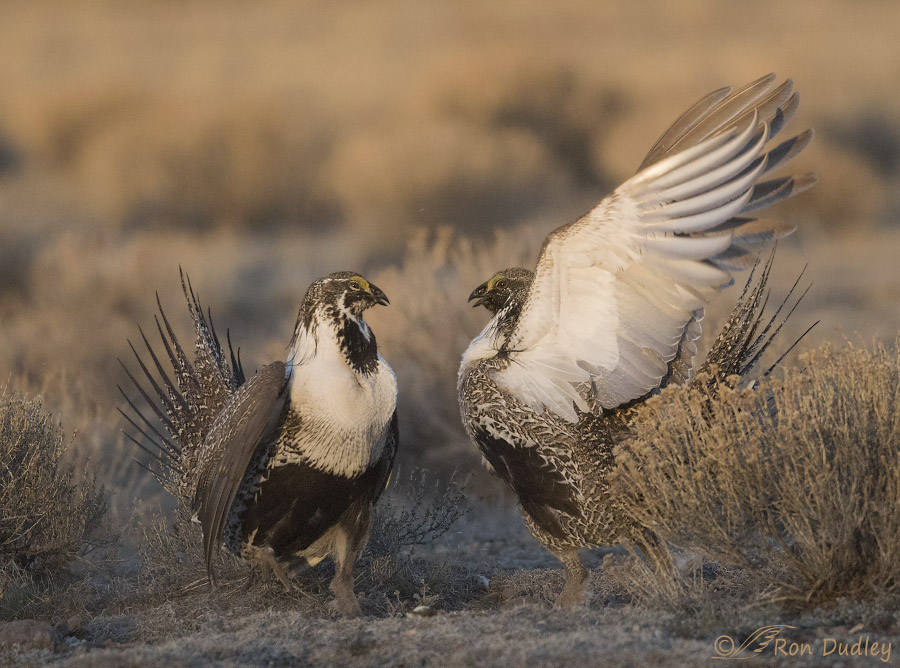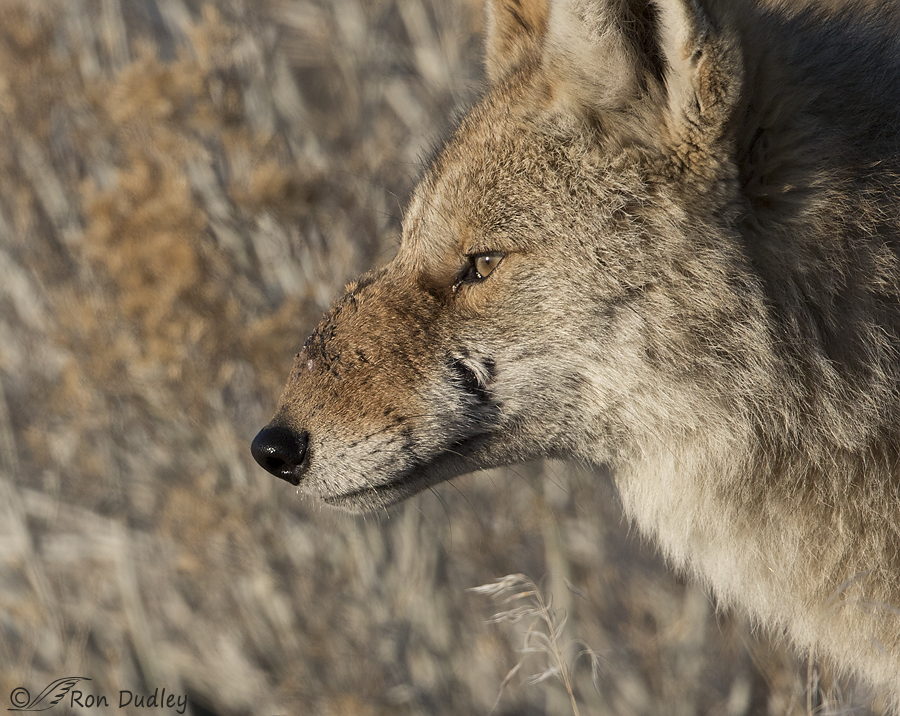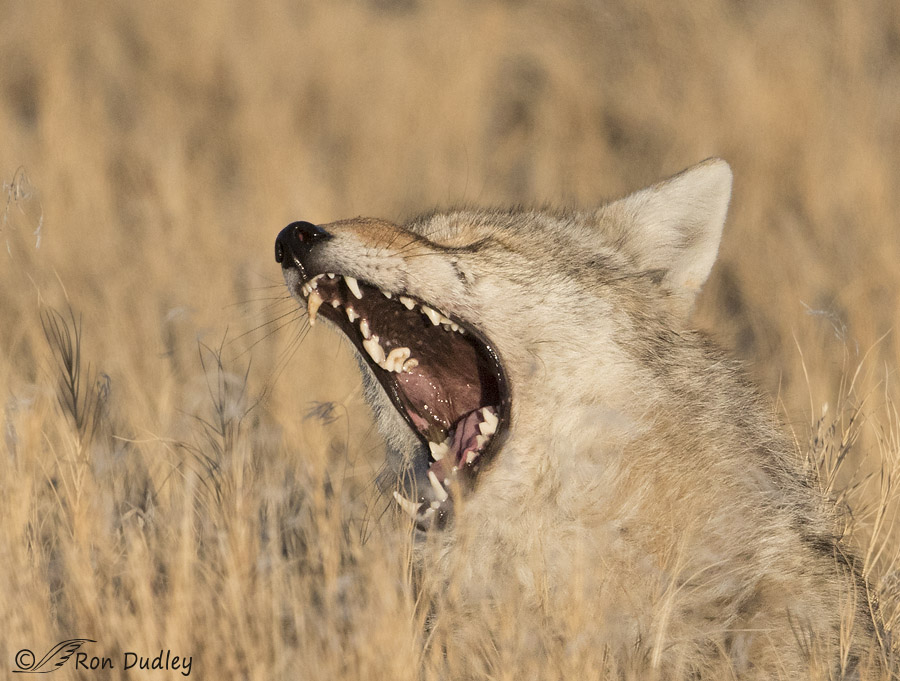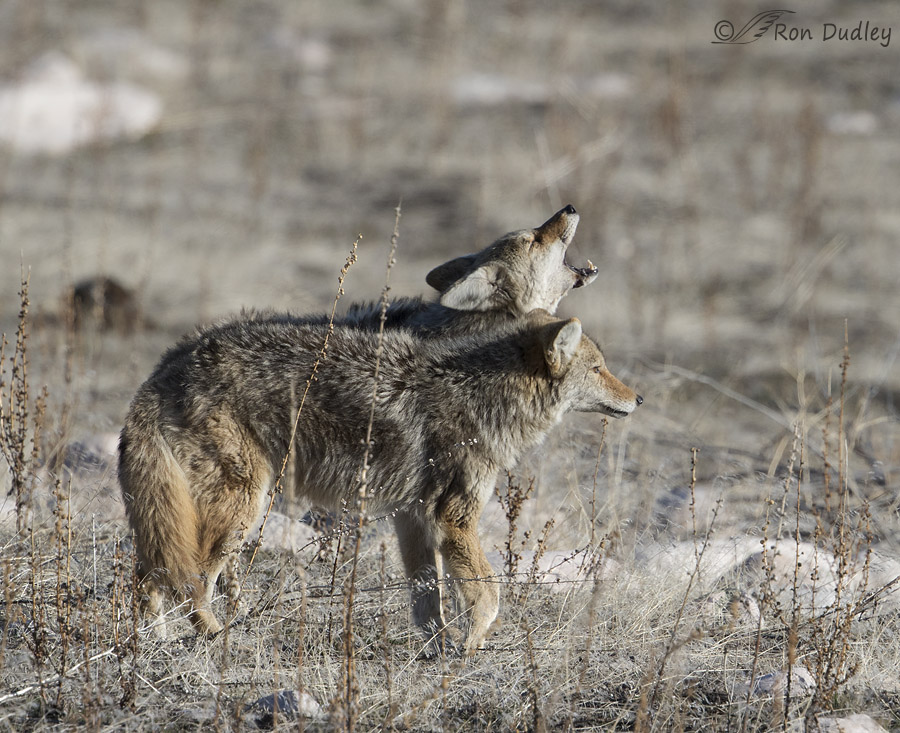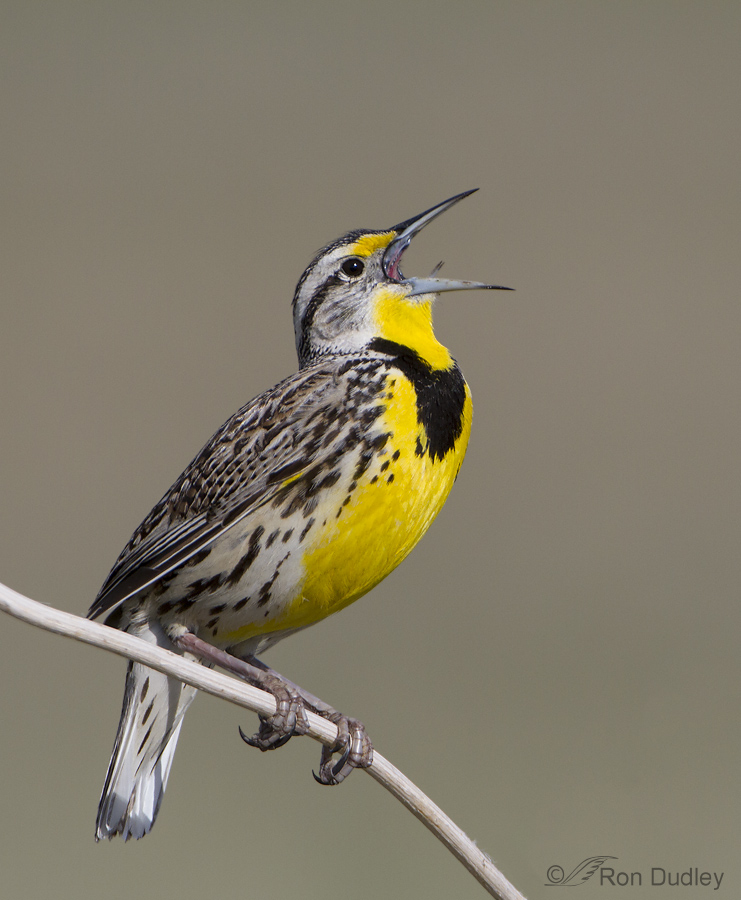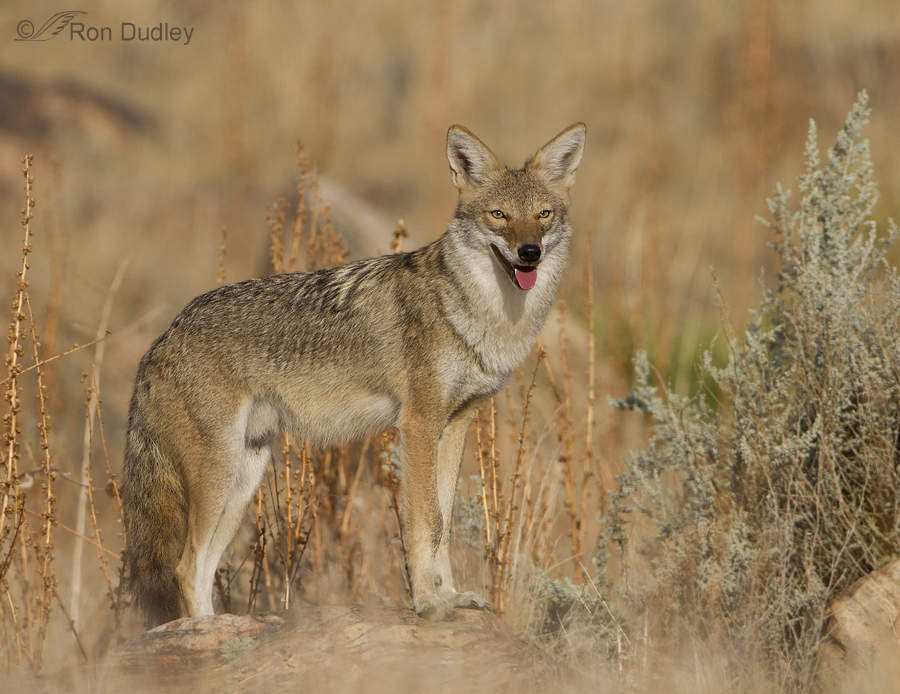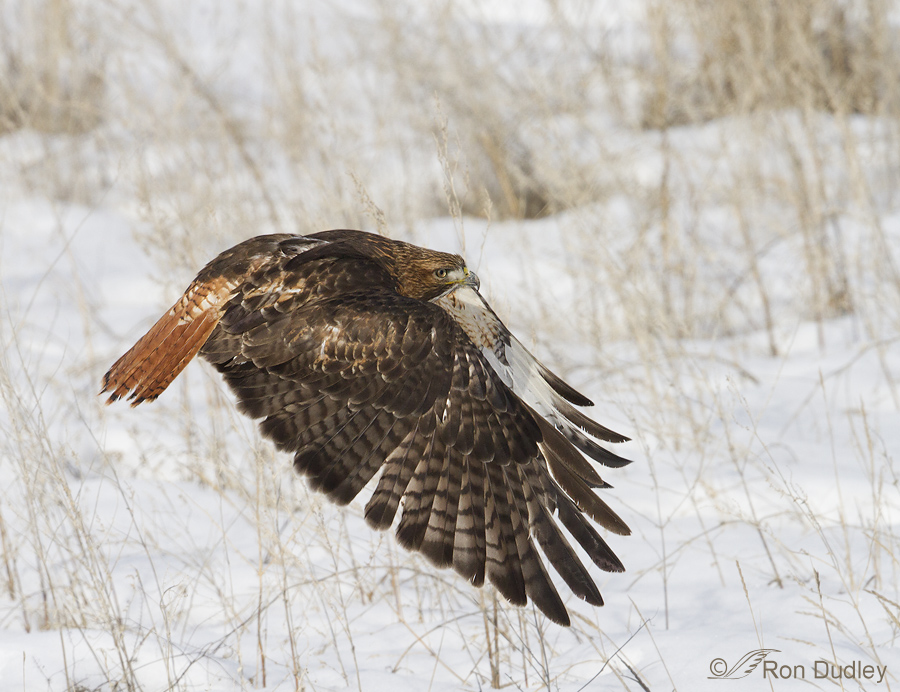Tag: injury
Galileo – The Star Of The Show
Long-tailed Weasel With The Nose Of A Prize Fighter
Coyote Buddies – Both Of Them Survivors
More Fighting Sage Grouse And A Look At The Lek
Progress Report On The Severely Injured But Now Healing Coyote
Another (very different) Look At The Injured Coyote
Coyote Aggression And Serious Coyote Injury
Western Meadowlark – The Scars Of Battle
The Coyote And The Pesky Deer Fly
A Possibly Damaged Adult Red-tailed Hawk (and a lesson in jumping to conclusions)
It’s Been A Tough Winter For Birds (and it’s getting worse)
Typical winters are hard on birds in northern Utah (and elsewhere). But when the season is unusually frigid with lots of snow as we’re having this year they struggle even more to survive. All of these images have been taken since January 2 of this year. Upland game birds like this Chukar seem to have adapted to extreme conditions fairly well. This bird was all puffed up and sitting high on a rock to catch the earliest warming rays of the sun as it rose over the nearby Wasatch Mountains. Another upland game species that can apparently take harsh conditions quite well is the Ring-necked Pheasant (this is a female). They seem to forage for seeds at the base of plants where the snow isn’t as thick and their food is more readily available. But many other species have a difficult time and quite a few birds don’t survive until spring. The waterfowl that winter over here congregate in the few areas of open water where the flowing water is the last to freeze over. But when it gets very cold, even those small bits of open water freeze. I’ve seen ducks and coots frozen into the ice, some of them still alive. This female Green-winged Teal has just left one of the last unfrozen patches of water and is approaching an area of frost flowers. This Northern Flicker is using the protection of the underside of the eaves of a building on Antelope Island State Park. I thought the angled…
A Tragedy For A Coyote On Antelope Island
I’ve always thought that nature photographers are some of the luckiest folks on the planet because we get to spend so much time in the natural world that we love and we see some of the most exhilirating sights and wonderous events that nature has to offer. But occasionally there’s a dark side. Yesterday was a difficult day in the field for me on Antelope Island. Be forewarned that the photos are of documentary quality only and that at least one of them may be difficult for some to view. When we spotted this coyote hunting in the grass for voles it was successful almost immediately and quickly swallowed its lunch. A few seconds later I noticed that it looked like it had caught another vole because I thought I could see the vole hanging out the left side of it’s mouth – the grasses were thick and it was difficult to tell. Then we spotted another coyote about a quarter mile behind this one and within a few seconds this animal also caught sight of the second coyote. When it did so there was an instantantaneous reaction – it put its ears down, its tail between its legs and started running through the grass like a bat out of hell to get away from the second coyote. I fired off a few shots as it ran but certainly didn’t get anything to be proud of. It wasn’t until I got home and processed the running shots that I knew something was terribly wrong. This…


